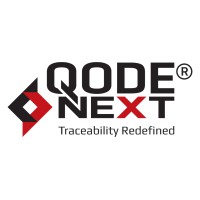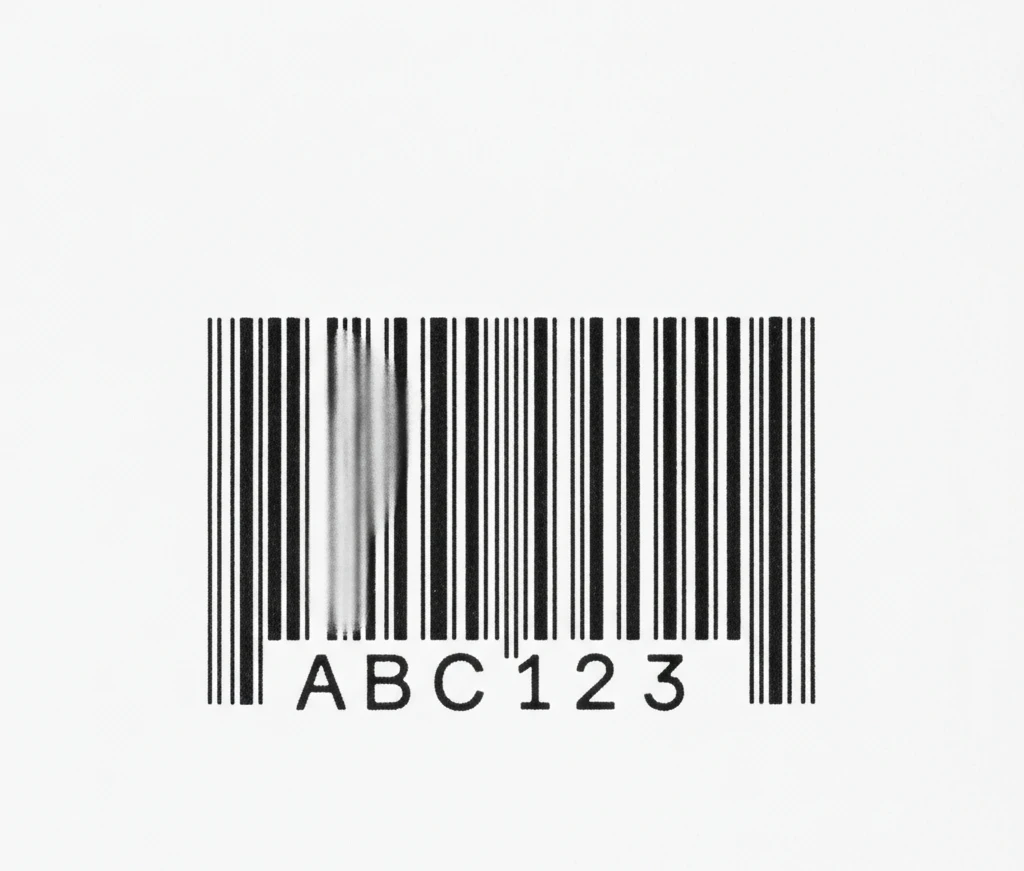RFID is not a new technology. It has been around for many years. However, radio frequency identification is being used extensively in the garment industry. No longer limited to vehicle tracking and identification, clothing manufacturers are using them to prevent theft. While the technology is gaining mainstream acceptance, not many people know what does RFID mean on clothes. And what exactly are its benefits in the garment industry? Fret not, we have got you covered. This blog will deal with all the aspects of an RFID tag in the retail industry.
With that in mind, let’s dive into RFID, its basic function, and the way the tags work.

What Does RFID Mean on Clothes?
An RFID uses radio waves to track clothes and transmit signals that capture data with no human intervention. Similar to a barcode scanner, the reader reads, captures, and sends the data to the computer systems automatically.
The tag, reader, and antenna function together to capture insightful data that gets saved in the computer servers. It is specifically designed to improve inventory management, tracking and prevent theft in the fashion industry. This forms the basis for what does RFID means on clothes.
How Do RFID Clothing Tags Work?
To understand what does RFID means on clothes you need to know that the apparel tags work similarly to other RFID tags. Here’s the complete mechanism listed below:
1. Tag Composition
Do you know what does RFID means on clothes? It is a chip. The integrated chip has a unique identification number while the antenna communicates with the reader.
2. Tag Attachment
The tags are usually embedded in clothing items during the manufacturing process. It is stitched into the fabric or attached in hangtags or labels as stickers.
3. Reader
Next, readers are installed within the retail store such as inventory storage areas, exit points, doorways, and entrance areas. When the tags are within a specified range, the readers emit radio waves that activate the tags accordingly.
4. Data Transmission
The tags send the unique identification number back to the reader within seconds. The entire process happens simultaneously for multiple items.
5. Data Processing and Analysis
The reader collects all the data and sends the entire information back to a common inventory database. The system links the tag IDs with specific clothing items in the store’s inventory database.
6. Stock Tracking
Retailers use the compiled data to monitor inventory in real time. RFID garment tracking helps to track which items are out-of-stock, sold, stolen, or have to be refilled fast.
7. Anti-Theft Devices
When any clothing item is removed from the store, the active tag sets off an alarm at the store exit. This helps to prevent cases of shoplifting to a large extent.
8. Enhanced Customer Experience
RFID clothing tags elevate the customer shopping experience. For example, an RFID mirror or a kiosk can display product information, reviews, and much more. Customers can ask for access reviews and request different sizes, and colors.
9. Supply Chain Management
Manufacturers can monitor the movement of products from production facilities to distribution centers and stores. It is quite helpful in supply chain management and logistics tracking.
In summary, RFID tags are a crucial technology for tracking clothing items right from their manufacturing to the final point of sale. This helps to prevent theft and maintain the stock throughout the entire lifecycle.
Now, let’s take a look at the benefits of RFID tags on Clothes.
Benefits of RFID Tags in Garment Industry
RFID is an innovative tracking technology that is beneficial for the fashion industry. Listed below are a few benefits of RFID tags in the clothing industry:
1. Better Quality Control
The fashion industry keeps changing rapidly. Amidst the evolving business landscape, counterfeit products and damaged goods are a recurring issue. It is not easy to track, identify, and locate all the products manually.
An RFID tag helps improve visibility at each checkpoint of the merchandise. From manufacturing, and storage, to point of sale, the tags check for any damages efficiently.
2. Greater visibility and fewer chances of errors
RFID offers greater precision than barcode scanning as all the products are tracked and monitored at every step of the supply chain. Companies can check for missing or damaged goods and take proactive steps effectively. This also reduces time and eliminates human errors.
3. Inventory Control
A seller is in better control of his business as RFID tagging helps him find out where a garment is stored and re-stock a particular item to prevent last-minute hassle. In a fast-changing logistical scenario, an RFID keeps the manufacturers in a constant loop over which style is in high demand and which design is getting left behind.
4. Big Capacity
Unlike a barcode, an RFID scan doesn’t require manual assistance. Plus, it can scan multiple tags simultaneously within a range of 100 feet. The process doesn’t require a clear line of sight making it faster and reliable.
5. Long Shelf Life
An ordinary tag can get damaged in the long term. But RFID tags are super durable and can withstand regular wear and tear, dirt, heat, or other harsh environment.
6. Data Storage and Modification
RFID tags can be modified anytime and anywhere. You can store as much data as you want in a non-volatile memory.
7. Cost-effective
RFID tags offer the benefit of economies of scale. With limited manpower and resources, thousands of items can be scanned simultaneously. Likewise, there are no replacement costs as the tags are long-lasting.
8. Secure Data
The RFID tags have a unique electronic number that cannot be copied. Data breach is not easy as strong encryption is done on the chips. There is no chance of missing any items on the list.
Now, that you know what does RFID mean on clothes and its benefits, let’s move on to top fashion brands and how they are making use of RFID technology.
What does RFID mean on Clothes – Use Cases of RFID Tags
1. Zara
- Inventory Tracking – Retail giant Zara uses RFID tags to manage its large inventory and keep track of all the stock in real-time to prevent last-minute emergencies and out-of-stock situations.
- Fast Checkout – Long queues at checkout counters? What’s that? Zara has enabled RFID checkout systems that automatically read and add the item for payment.
2. H&M
- Inventory Accuracy – Greater inventory accuracy leads to better sales. H&M is using RFID technology to help their onsite staff locate specific items quickly within the stores. This leads to better customer satisfaction.
- Supply Chain Visibility – H&M uses these tags to track the movement of clothing items from manufacturing facilities to stores and distribution centers thereby leading to shorter turnaround time.
3. Macy’s
- Theft Prevention – RFID tags are attached to high-value items and frequently stolen clothes to reduce instances of shoplifting. Once activated, the tag triggers an alarm if someone tries to exit the store.
- Inventory Management – Taking stock of inventory in real-time is necessary to prevent supply-demand mismatch. RFID tags help in quick detection to meet the fast-changing fashion trends.
4. Levi Strauss and Co.
- Product Authentication – Counterfeiting is a common issue in the retail industry.
Levi uses RFID tags to maintain the originality of the brand’s merchandise. High-end designer collections are attached with tags for proper identification.
- Inventory Count – Replenishing stock for an eCommerce store is necessary for a hassle-free operation. RFID tags are highly useful in this aspect.
5. Decathlon
- User Experience – There are a few Decathlon stores that use RFID mirrors to recognize the products that customers are trying on. This enhances the shopping experience as people get to see the product information and related items.
- Product Tracking- Decathlon tracks all the sporting goods at every checkpoint to ensure smooth delivery and streamlined operations.
Conclusion
In conclusion, RFID technology is an innovative feature that allows big retail giants to improve their supply chain management, reduce theft, and enhance the quality of the garment. If you are clear on What does RFID mean on clothes, then you must know that the fast-changing industry will keep benefiting from such technological advancements.
If you are looking for an effective RFID solution for your retail store, get in touch with Qodenext to streamline your business operations.
FAQs: What Does RFID Mean on Clothes?
1. What does RFID mean on clothes?
RFID stands for Radio Frequency Identification. On clothes, RFID tags are small chips with antennas that use radio waves to track garments, manage inventory, and prevent theft in the retail industry without human help.
2. How do RFID tags work in the clothing industry?
RFID tags are embedded in clothes during manufacturing, such as being stitched into fabric or attached to labels. Readers in stores send out radio waves to activate the tags, which then send unique IDs to a database for real-time inventory tracking, theft prevention, and supply chain management.
3. Are RFID tags safe for consumer privacy?
RFID tags on clothes usually store only product-related data, like a unique ID, and use encrypted chips to block unauthorized access. Once they are deactivated at purchase, they pose no privacy risk. Retailers ensure data security to protect consumers.
4. Can RFID tags on clothes be tracked after purchase?
No, RFID tags are usually deactivated at the point of sale with a reader’s code, which stops tracking after purchase. If they are not deactivated, their range is limited to about 100 feet, and they do not store personal consumer data.
5. How much do RFID tags cost for clothing retailers?
The price of RFID tags varies, generally ranging from $0.10 to $0.50 per tag, depending on volume and type. Implementation costs include readers and software but are balanced out by better inventory accuracy and less theft.
6. Are RFID tags on clothes waterproof?
RFID tags are not completely waterproof because water can interfere with radio waves. However, durable tags are made to resist wear, heat, and dirt, ensuring they work throughout the garment’s life.
7. How do stores deactivate RFID tags on clothes?
Stores deactivate RFID tags at checkout using a reader that sends a code to permanently disable the tag. Tags can also be removed or deactivated by staff if the consumer requests it.
8. What are the benefits of RFID tags for clothing retailers?
RFID tags improve inventory accuracy, reduce theft, streamline supply chain management, and enhance customer experiences, like through smart mirrors. They also cut down on errors and help with real-time stock tracking.
9. Which clothing brands use RFID tags?
Major brands like Zara, H&M, Macy’s, Levi Strauss, and Decathlon use RFID tags for inventory tracking, theft prevention, product authentication, and improving customer experiences with features like smart mirrors.
10. Can RFID tags be reused or modified?
Yes, RFID tags can store data in non-volatile memory, allowing retailers to update information as needed. While they are durable, tags are generally single-use for specific garments but can be reprogrammed during their life.






